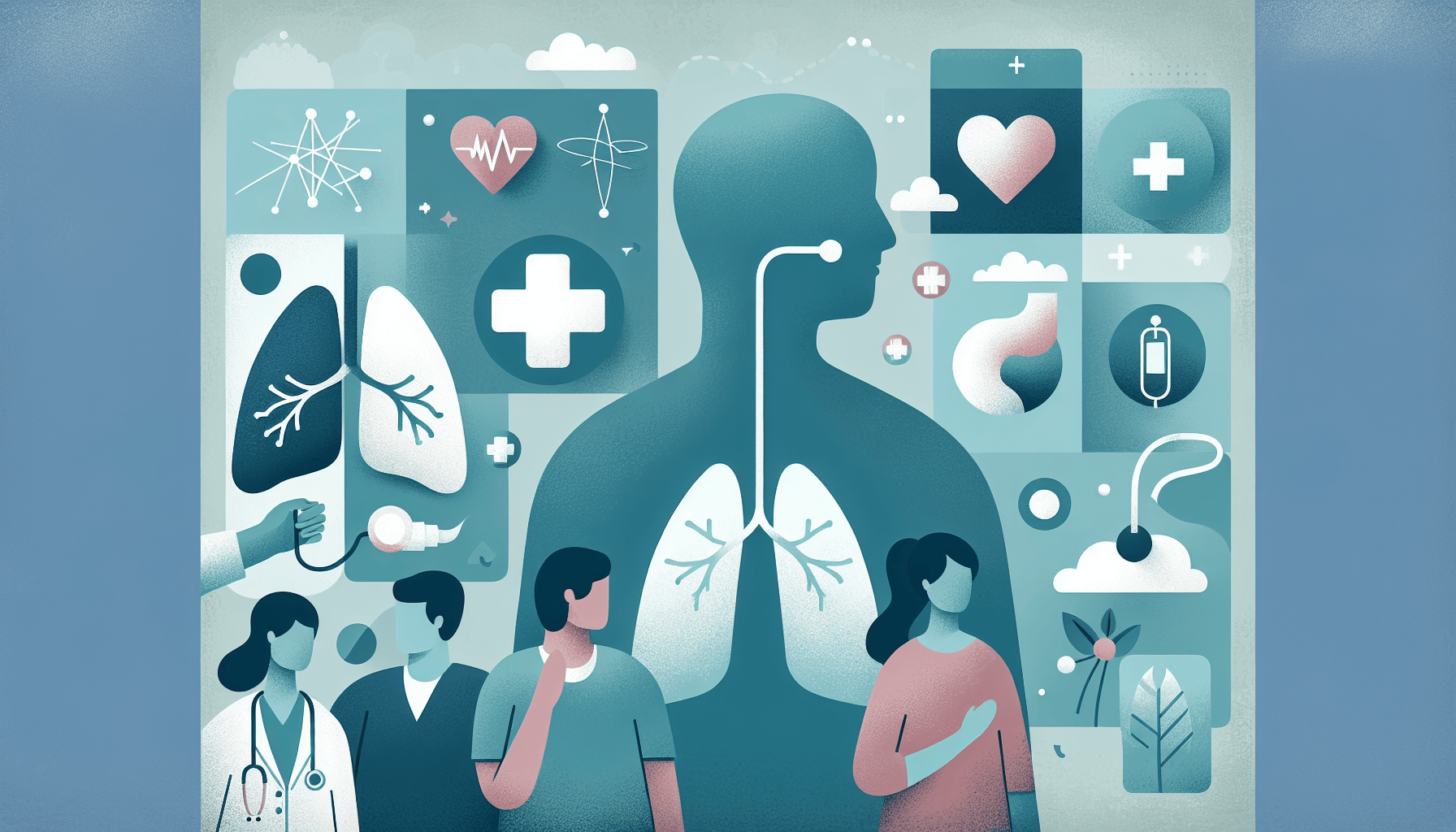Does Mounjaro Affect Fertility?
Understanding Mounjaro and Its UsesMounjaro is a prescription medication commonly prescribed for managing type 2 diabetes. It belongs to a class of drugs that help regulate [...]
Read More
Medically reviewed by Alan Lucks | MD, Alan Lucks MDPC Private Practice - New York on July 13th, 2023.
Wheezing is a high-pitched, whistling sound that occurs when breathing, often indicating a problem with the airways. It is a common symptom of various respiratory conditions, such as asthma, allergies, bronchitis, and chronic obstructive pulmonary disease (COPD). If you or a loved one experiences wheezing, it's essential to understand the causes, symptoms, and available treatment options.
Wheezing occurs when air passes through narrowed airways, creating a whistling sound similar to a flute or whistle. Several health conditions can cause the airways to narrow, leading to wheezing:
Asthma
Allergic reactions to pollen, pet dander, dust, or certain foods
Bronchitis
Chronic obstructive pulmonary disease (COPD)
Respiratory infections like pneumonia or bronchiolitis
Smoking or exposure to secondhand smoke
Gastroesophageal reflux disease (GERD)
Wheezing can affect people of all ages, but it is more common in infants and children due to their smaller airways. Adults who smoke or have conditions like emphysema or heart failure are also at a higher risk of experiencing wheezing.
In addition to the whistling sound, other symptoms may accompany wheezing, such as:
Difficulty breathing
Rapid breathing
Temporary bluish discoloration of the skin

While mild wheezing associated with a cold usually resolves on its own, it's crucial to see a doctor if you experience:
Persistent wheezing
Difficulty breathing
Rapid breathing
Bluish discoloration of the skin
Seek emergency medical care if wheezing occurs soon after a bee sting, taking medication, or consuming food that can cause an allergic reaction, or if it is accompanied by severe breathing difficulties or bluish skin.
To diagnose the underlying cause of wheezing, your doctor will ask about your symptoms, medical history, and triggers. They may also perform a physical examination, listening to your breathing and lung sounds. Additional tests, such as X-rays, lung function tests, or blood tests, may be ordered to assess your lung health and oxygen levels.
Treatment for wheezing depends on the underlying cause. Common treatments include:
Bronchodilators to open the airways
Inhaled corticosteroids to reduce inflammation
Leukotriene receptor antagonists to prevent asthma and allergy symptoms
Antibiotics to treat bacterial infections
To prevent and manage wheezing, consider the following tips:
Maintain a humid environment by using a humidifier or taking warm, steamy showers
Drink warm beverages to relax the airways and loosen mucus
Avoid smoking and exposure to secondhand smoke
Follow your doctor's instructions and take medications as prescribed
Use an air cleaner with a HEPA filter to reduce allergens in your home
Practice breathing exercises, such as pursed-lip breathing and belly breathing, to improve lung function
Check food labels to avoid ingesting substances you are allergic to
For more information on wheezing and respiratory health, visit:
By understanding the causes, symptoms, and treatment options for wheezing, you can better manage your respiratory health and know when to seek medical attention. If you have concerns about wheezing or any other respiratory symptoms, consult your healthcare provider for personalized advice and treatment.
Prompt treatment with appropriate bronchodilators can reverse most episodes within 15-30 minutes, but identifying and avoiding personal triggers prevents 70-80% of recurrent cases. Monitor symptoms closely, as sudden worsening or inability to speak in full sentences signals the need for emergency care. If you're experiencing new or worsening respiratory symptoms, Doctronic can help you determine the right treatment approach quickly.
Understanding Mounjaro and Its UsesMounjaro is a prescription medication commonly prescribed for managing type 2 diabetes. It belongs to a class of drugs that help regulate [...]
Read MoreUnderstanding Hydrocortisone Uses and DosagesHydrocortisone is a versatile medication primarily used to reduce inflammation and suppress the immune system in various [...]
Read MoreUnderstanding Zepbound and MounjaroWhen managing type 2 diabetes, patients often face a variety of medication options. Zepbound and Mounjaro are two such options gaining [...]
Read More